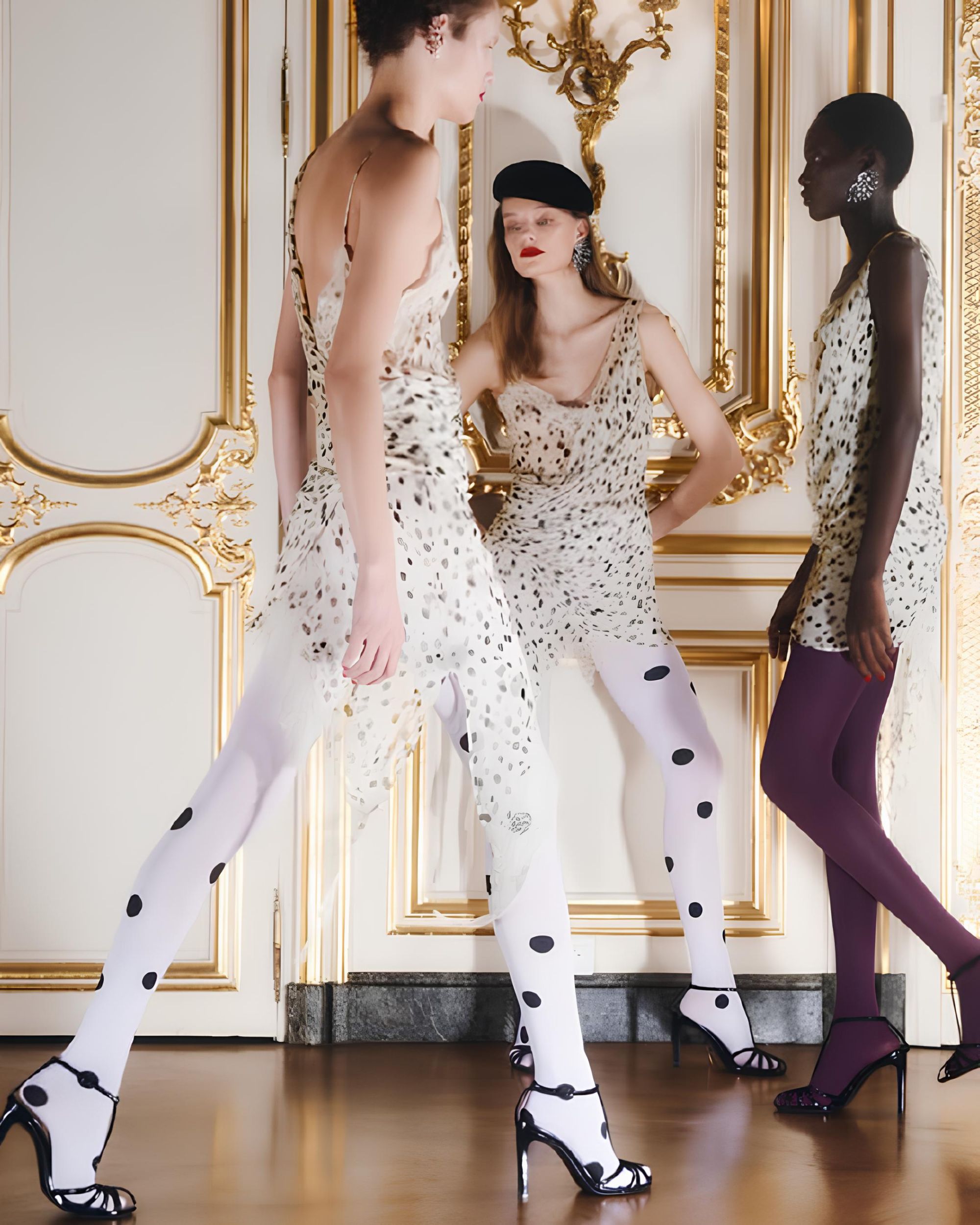
Zara's rebranding attempt starts from the world of literature Cultural collaborations, strategic expansion and rivalry with the luxury sector
In a world where fashion giants must constantly reinvent themselves, Zara, the Spanish titan of fast fashion, is taking a distinctly high-end turn. In recent years, the brand has been transforming from a symbol of rapid, affordable consumption into an entity with a bold elegance rooted in "luxury" and "culture". The latest example is the collaboration between Zara Home and Éditions Gallimard. This partnership, launched in September, has turned the Paris flagship of Zara Home into a temporary pop-up bookstore dedicated to the literary season. Through unexpected collaborations and strategic expansions in Europe, it aims to conquer a new territory: that of the premium market.
An unexpected cultural alliance
Nestled in the heart of Saint-Germain-des-Prés, one of the most iconic neighbourhoods in Paris, the store transforms temporarily into a temple of books. A selection of works from the renowned Gallimard publishing house, including literary classics and new releases, sits alongside the stationery products offered by the brand. This initiative demonstrates Zara’s desire to immerse itself in the cultural world, attracting customers who love literature and refined objects. By venturing beyond the realm of home decor, the brand explores new cultural territories and expands its influence beyond product design for the home. By transforming into a bookstore, Zara Home subtly suggests it is more than just a decor brand: it positions itself as a player in contemporary culture. This isn't the first time it has crossed traditional home decor boundaries to collaborate with influential figures in design and architecture. Notable partnerships include collaborations with renowned designers such as Vincent Van Duysen and Collagerie. Vincent Van Duysen, a Belgian architect and designer, teamed up with Zara Home to create a collection that blends minimalism and sophistication. His designs, characterised by clean lines and high-quality materials, helped reinforce his high-end brand image while remaining true to his accessible DNA. The partnership with Collagerie brought Zara Home closer to the world of fashion and contemporary design. By collaborating with this online shopping platform, it successfully incorporated modern and avant-garde design elements into its collections, offering its customers products that reflect the latest trends.
The Paris flagship: first of a long series of strategic openings
Opened in May 2024, the new Zara Home flagship perfectly illustrates the brand's strategic shift. Located at 117 rue du Bac, it is the first of a series of openings planned to strengthen its international presence and affirm its positioning in the accessible luxury sector. The brand, which traditionally projected an accessible and practical image, is now seeking to reinvent itself by incorporating high-end elements into its retail spaces. Saint-Germain-des-Prés, with its rich history and reputation, is a strategic location for this transformation project. By choosing this iconic Parisian neighbourhood, the brand ensures increased visibility and an association with values that resonate with its new identity. This choice reflects a deep understanding of the market and a desire to align with modern consumers’ expectations, who seek unique and enriching shopping experiences. The success of this Parisian transformation has paved the way for similar projects in key cities around the world. Recently, Zara Home replicated this model in Milan and could do the same in New York and London.
Competition with luxury: The rivalry with LVMH
As part of its rebranding, Zara finds itself in direct competition with luxury leaders such as LVMH. The recent financial performances of both giants highlight an interesting dynamic: while LVMH continues to dominate the luxury market with impressive revenues, the Inditex group, which owns Zara, is experiencing significant growth and increasing profits. Ortega Pérez, the youngest daughter of Zara’s founder, has been a driving force behind the company’s transformation. She advocates for a more agile and flexible vision of fashion, focused on relevance rather than size. In seeking to establish Zara as a key player in the premium fashion sector, she is implementing strategies that blend innovation and tradition while remaining attentive to consumer demands. Zara’s revamp goes beyond simple collaborations and expansions: it symbolizes a profound shift in the fashion hierarchy. The line between luxury and fast fashion is blurring, and today’s consumers are looking to combine quality, style, and accessibility. Zara's initiatives, such as its collaborations with renowned architects and designers, are strategic responses to this evolution. They aim to fill the gap left by luxury brands that, in pursuit of higher margins, have sometimes lost touch with their customer base.















































